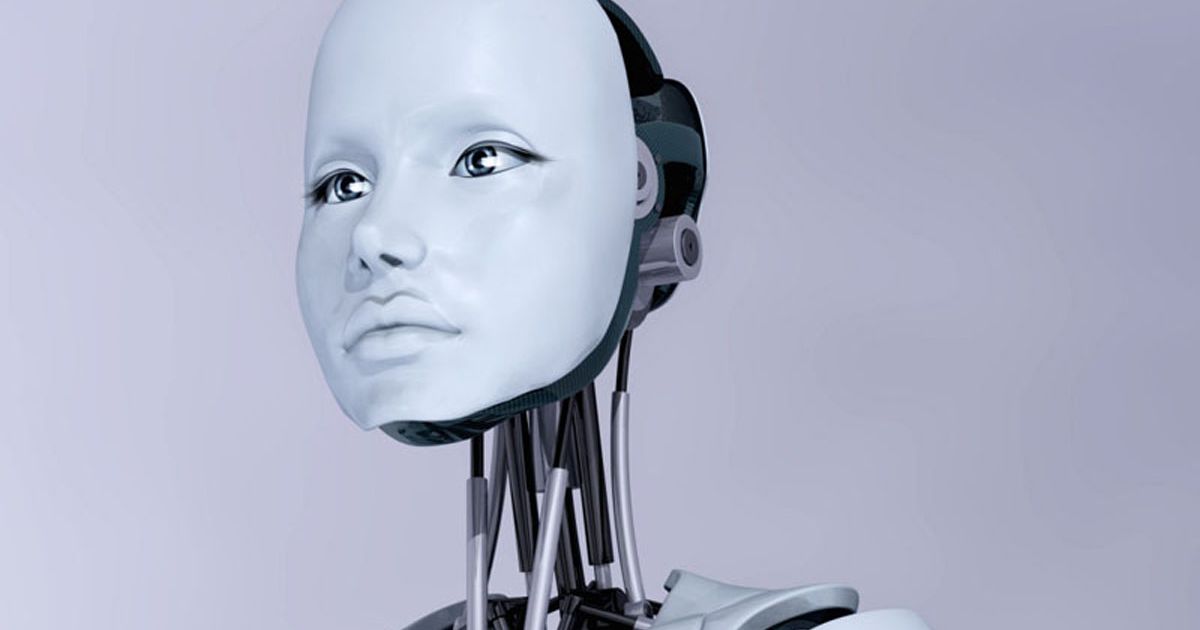On the kinky matter of artificial intelligence-inspired robot prostitution
It is a good thing that the otherwise technologically lay person is very much aware of the significance that artificial intelligence (AI) has in stock for the human race. The fear that AI may conquer the world is becoming pervasive, and the regimes of application of AI are rapidly expanding. One unexpected application of AI […]

It is a good thing that the otherwise technologically lay person is very much aware of the significance that artificial intelligence (AI) has in stock for the human race. The fear that AI may conquer the world is becoming pervasive, and the regimes of application of AI are rapidly expanding.
One unexpected application of AI is the so-called sex robots, which are basically life-size, mannequin-like artificial humans – mostly “women” – that are equipped with electric motors and some (artificial) intelligence to make them function as sex objects. Imagine coming home from work and being greeted amorously and seductively by your “partner,” who just happened to be a robot! While this sounds like stuff out of the movies, it is indeed real; and this is independent of your morality or how you might feel about the subject – after all it is widely believed that prostitution is the first profession.
Since New Jersey (US)-based firm TrueCompanion introduced the first sex robot Roxxxy in 2010, a growing number of people are reportedly purchasing sex robots. In fact, it has been reported that the sex toy industry is no longer “hush-hush,” but rather growing at a rapid pace, with an estimated worth of approximately $30 billion globally by 2020, according to market researcher Statista.
According to a recent article, “sex robot brothels have emerged as a potentially lucrative business as sex doll manufacturers offer more sophisticated, individually tailored models, leveraging artificial intelligence (AI) and other technologies.” Many shops that offer sex with these robots are reportedly popping up in Europe, Canada, and elsewhere. As you would expect, the development of AI-inspired robot prostitution has attracted the attention of legislators in some countries, as the law makers listen to the pros and cons of this potentially controversial application of high tech. Here are a few of the pros and cons.
The pros: Advocates of robot prostitution contend that sex with robots can reduce the need for sex workers and help disabled people enjoy the same sexual pleasure as others do, in the privacy of their own rooms. They will also help decrease the number of women who sell sex illegally. Proponents emphasize that “it is no secret that there are many men who use prostitution services,” and that “prostitution is available everywhere through the internet.” In such circumstances, the introduction of robot prostitution in the near future could “help reduce sex crimes and illegal prostitution.”
Other proponents contend that no matter how strict the regulations are, sex robots will continue to be improved. “Those robots can reduce sexual abuse of children and they will be helpful in reducing sexually transmitted infections.” Sex robots could offer sexual gratification to some people who cannot achieve it in relationships with other humans. This is another sentiment: “In terms of satisfying sexual gratification, sex robots can help people fulfill their desires. In that sense, robot prostitution is likely to be legalized.”
Predicting the future of the sex robot industry, the Foundation for Responsible Robotics (FRR) in the Netherlands said “it is possible that the use of sex robots in some therapies could potentially help with sexual healing.” For example, in the foundation’s report “Our Sexual Future with Robots,” it has been suggested that “it may be beneficial to use a robot for personal private practice in the treatment of problems such as impaired sexual functioning or social anxiety about sex.” “All adults are entitled to a sex life and sex robots have also been proposed as a means of gratification for the disabled and the elderly,” the report said.
The Netherland report suggests that sex robots “could be used as robot prostitutes working in bordellos, sexual companions for the lonely or the elderly in care homes or as a new means for sexual healing.”
The cons: Opponents of robot prostitution argue that sex robots cannot replace women, as they will dehumanize the relationship between men and women. Opponents also say that sex robots will increase sexual objectification of women for the entertainment of men. In a particular major country, to prevent further issues, the city council members voted unanimously last month to change the city’s ordinance, whereby companies are allowed to sell sex robots but customers are not allowed to use those robots inside the shops.
Psychologists have also weighed in on the issue, with one saying that “people who use robot prostitution services may experience difficulties in forging emotional bonds with other real people.” “As more people use robot prostitution services, they may lose the ability to build emotional bonds with other people.”
The need for an age restriction on using sex robots has been advocated to prevent underage people from using sex robots. Regulation is also advocated by experts, to address the loss of humanity that may be an outcome of robot prostitution.
Finally, this sentiment has been expressed: “If robots can work just like humans, we should regard them as another species. In that case, we cannot predict what kinds of social issues would arise and we need to be prepared with a minimum level of regulation to respond to them.”
